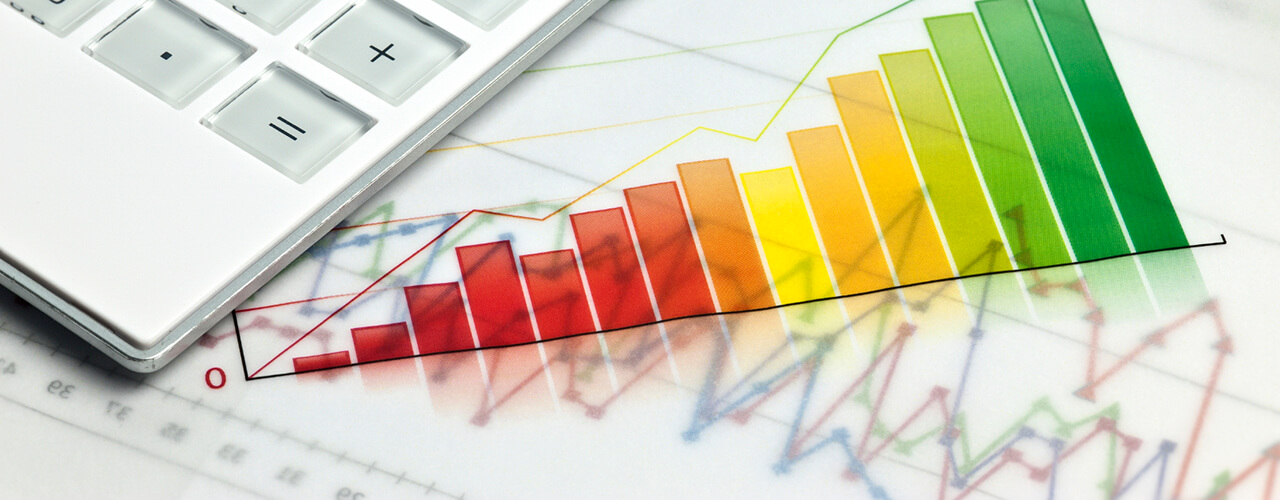5 Major Takeaways from ITR’s Mid-Year Economic Discussion
Alex Chausovsky, from ITR Economics, joined us to discuss their economic outlook for the immediate future and the impact that two unforeseen events – the COVID-19 outbreak and the collapse of oil and gas prices – will have on this outlook.
Alex shared an incredible amount of information, highlights, and backup data. I encourage you to dive in if you missed the event.
Below are a few significant insights from the day’s event.
The worst of the virus is likely behind us.
Total deaths represent about 0.03% of the US population.While we are still clearly battling the virus, the cumulative daily death count is slowly and consistently declining from its peak rate.Also, the growth-rate – across all countries – is gradually dropping.There have been upticks in the infection rate in earlier hit countries as they reopen for business.However, the upticks have not been as significant as previous waves. As a society, our social behaviors are much different from when the virus took hold, helping minimize any second wave impact in other countries.
This is not the beginning of the next Great Depression.
This “dip” won’t be as deep or long as in 2008-2009. The consumer is in better shape this time around. First, individual savings levels are up. Second, the job market was already tight. Third, we don’t have the flaws in housing, banking, or Wall Street that were behind the crash in 2008 and 2009. And fourth, the tailwinds from the government stimulus package – we expect – will help. The economic conditions today reflect two unpredictable events. As these conditions subside, we expect a thawing of the economy, which will shorten the dip's duration and the severity.
When ITR expects overall activity levels to return to pre-crisis levels
While ITR expects the consumer economy to improve in 2021, it will likely take until the end of 2021 for activity (dollar) levels to reach pre- COVID-19 levels.For the industrial economy, the recovery will take longer.The bulk of the overall contraction (predicting 8%) will take place over the next three quarters, then begin to turnaround.ITR expects it will be Q3 and Q4 of 2022 before we fully return to pre-crisis activity levels of 2019.This expectation is primarily due to utilization rates, which have fallen off a cliff.
Why the 2020s could be a very positive decade for US Manufacturers
A trend that began in 2018 is picking up steam – the push for increased resiliency and creating redundancy in supply chains vs. being beholden to China.Companies are looking to fill these holes and create new options for their goods.This emphasis will create new opportunities for the companies who are active in pursuit and dedicate resources to finding these opportunities.The movement to "near-source" is an excellent opportunity for manufacturers to grow their customer base.
Five actions to take as a result of the current economic environment
- Be sure your cash flow modeling is reliable.
- Take advantage of various lending programs/lines of credit.
- Know how your suppliers and customers are doing financially
- Focus on markets/customers based on recovery rates
- Develop your own “rates of change”; timing is everything.


